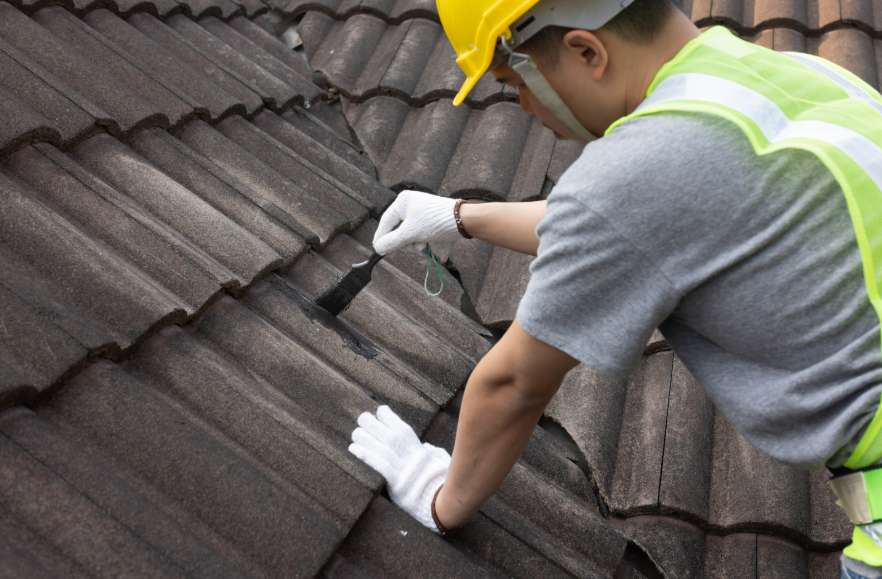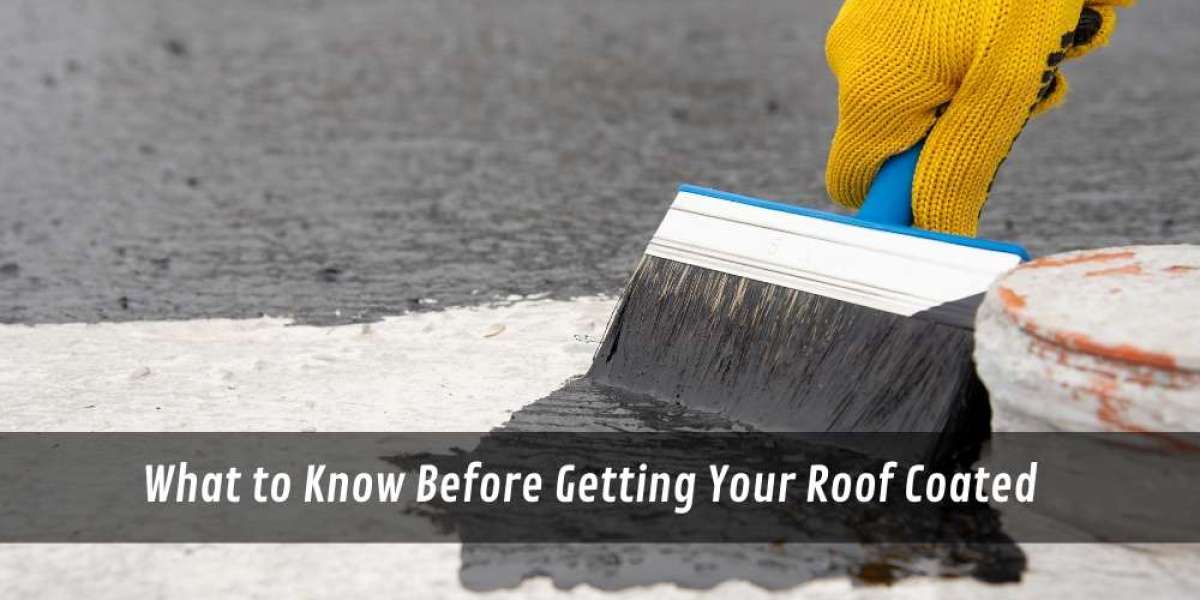A roof isn’t just the hat your house wears — it’s a hardworking shield that takes daily punishment from sun, wind, rain, and time. Over the years, even sturdy roofing materials can fade, crack, or lose their protective edge. That’s where roof coating comes into play. It's not just about appearances — it’s about protection, performance, and long-term peace of mind.
When I started looking into roof coating for my own place, I figured it was a matter of picking a decent brand and calling it a day. But the more I spoke with tradies and dug into the details, the more I realised how important it is to choose the best roof coating for your specific roof, not just any off-the-shelf solution. The wrong choice can lead to bubbling, flaking, or even sealing in moisture where it shouldn't be.
Why it’s more than just paint
Roof coating isn't just cosmetic. A well-applied, quality coating can help extend the life of your roof by years, sometimes decades. It acts as a barrier against weathering and UV exposure, and in some cases, can improve insulation properties as well.
I once visited a neighbour’s place just after he had his tiled roof coated. Not only did it freshen up the street appeal, but the surface temperature inside dropped noticeably — no air con running overtime during the hottest days.
Here’s why more homeowners are turning to roof coatings:
- Helps prevent surface cracks and leaks
- Reflects heat and UV, reducing internal temperatures
- Seals porous materials, preventing water ingress
- Enhances the roof’s appearance and value
But it's not a magic fix. A coating won't repair structural damage or reverse decades of neglect. What it can do is buy your roof time, especially if you're not ready for a full replacement. Think of it like a protective sunscreen for your home. The better you apply it, the longer it shields what’s underneath.
Matching coating types to different roofs
Different roof types demand different coating solutions. Metal, terracotta, concrete tile, and Colorbond all respond differently to product formulas, surface prep, and application.
Some coatings are elastomeric, stretching with temperature changes. Others are acrylic-based, good for reflecting UV rays. And if you’re in a region with high rainfall or humidity, breathable coatings become essential to avoid moisture trapping.
Before settling on a product, always match it to:
- The material (tile, metal, etc.)
- Age and condition of your roof
- Climate — especially temperature and rainfall patterns
- Manufacturer or supplier recommendations
This isn’t one-size-fits-all stuff. A good tradie or roof specialist should talk you through what suits your roof’s quirks.
One mistake I’ve seen time and again — particularly in older homes — is homeowners choosing the cheapest product that “says it works on all roofs.” That can cost more in the long run when the wrong coating bubbles, cracks, or simply peels away after a season or two. Invest a bit more time upfront in product research and surface prep, and you’ll save yourself the drama later.
Why upkeep matters before and after coating
No matter how fancy your coating, a neglected roof will still underperform. Before any coating goes on, proper maintenance is essential — cracked tiles replaced, metal flashings sealed, gutters cleared. And after the application? Ongoing care helps extend the lifespan of that fresh coat.
The Australian government highlights several roof maintenance tips that reinforce this, like checking for pooling water, sealing joins early, and clearing debris from valleys and gutters. These aren’t just good housekeeping; they directly affect how well your coating performs long-term.
I learned this the hard way when I skipped a pre-clean before a quick DIY coat years ago. It looked fine at first, then bubbled and peeled within 12 months. Lesson learned: Preparation isn’t optional.
Also worth considering:
- Use a soft brush or low-pressure hose during cleaning — high-pressure washers can strip existing protective layers
- Clear away moss, lichen, and bird droppings as they degrade the coating
- Inspect after storms for minor issues before they become big ones
Coating is only as good as the surface it’s sitting on. And once it’s on, you’ve still got to respect it. Think of it like sealing a deck — it needs occasional attention to keep performing.

What to ask before hiring someone
Roof coating isn’t a job for the weekend warrior unless you’ve got solid trade skills. If you're hiring, there are a few key things to check:
- Do they inspect and prep the roof before coating?
- What products do they use, and are they appropriate for your roof type?
- Is there a written warranty or product guarantee?
- Can they show you recent work or client references?
An experienced roofer won’t oversell you. In fact, they might even suggest patching or replacing areas rather than just coating over them.
Also, be wary of anyone offering one-day service without inspection. A legitimate operator will factor in drying times, multiple coats (if needed), and possible weather delays. A quality job isn’t rushed.
Ask them:
- How many years of experience do you have with this specific coating type?
- What surface preparation methods will you use?
- Do you spot prime damaged areas before applying the full coat?
A few good questions up front can save a world of problems down the track.
Final thoughts on choosing the right help
Getting your roof coated can feel like a small job — it’s just paint, right? But as with most things in home maintenance, the devil’s in the details. Whether you're tackling it yourself or calling in help, experience and product knowledge count for a lot.
When researching choosing a roof painter, I found it helpful to focus on how professionals handled preparation and problem-solving. The best ones didn’t just offer a quote — they asked about the roof’s age, previous coatings, and how it performs during storms.
A solid roof coating job starts with solid questions. Take the time to find someone who knows their products, isn’t afraid to walk away from a bad surface, and treats your roof like it’s their own.



